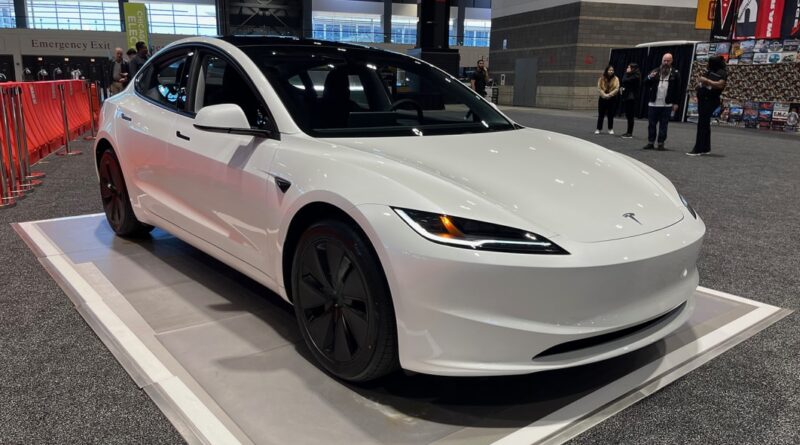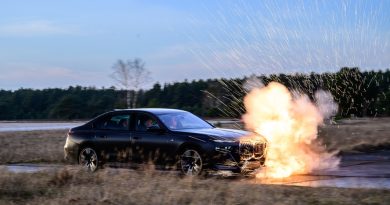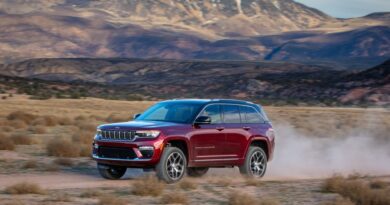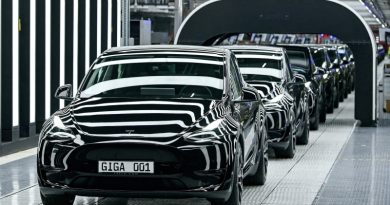Here’s the state of U.S. EV adoption in 2024
It seems, as we approach the mid-point of 2024, that there can’t be enough surveys, theories, reports and analyses about the state of electric vehicles worldwide. But there’s always room for one more.
A comprehensive EV primer, “Electric Vehicle Statistics 2024,” from the folks at MarketWatch, examines EV sales, market share, environmental effects, mileage figures and more. A key finding: The U.S. saw an increase of 60% year over year in EV sales, from 1 million in 2022 to 1.6 million in 2023.
Socially-conscious readers will likely gravitate to the findings about the ecological positives and negatives of EVs. One of the report’s many conclusions is that “although there are many myths about how eco-friendly EVs really are, the overall carbon footprint of EVs is still smaller than those of gas-powered cars” — even accounting for their manufacturing and charging.
The guide addresses pollution from battery production and from the massive amounts of electricity needed to power growing fleets of EVs. While electric vehicle manufacturing can create more carbon pollution than creating gas-powered vehicles, “the overall carbon footprint of EVs is still smaller than those of gasoline cars — even accounting for the carbon pollution required during the manufacturing process.”
In 2022 California, led states with the most EV registrations, followed by Florida, Texas and Washington.
Prospective buyers may find some value in the MarketWatch list of affordable vehicles, most of them ranging is price from between $30,000 and $50,000. But customers should be aware that the prices in the piece will be influenced by options, insurance costs, sales taxes, document fees and other expenditures that may be hidden. There’s an explainer as well about current and future tax incentive eligibility rules for EV purchases.
So why doesn’t everyone own or consider buying an electric vehicle? The story points out obvious reasons: anxiety over the driving range before the battery charge is exhausted; lack of enough charging stations; initial retail prices higher than those of similar internal combustion-powered (ICE) vehicles. And, for many, a natural resistance to embrace still-evolving technologies.




